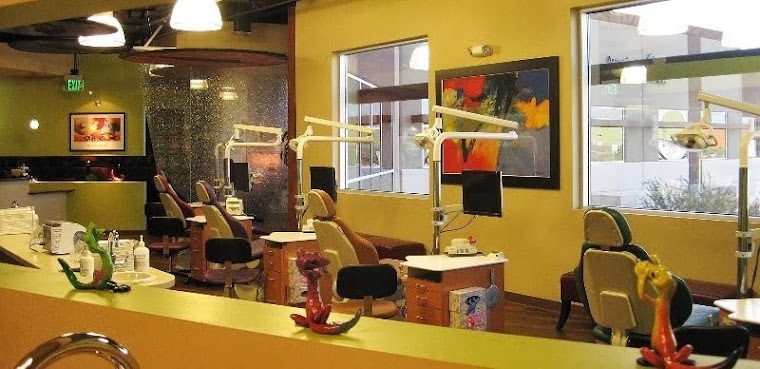Mr. Wright’s Organic architecture “returns us to our natural biorhythms in connection with nature” said an original homeowner. We are so fortunate to still have some original Frank Lloyd Wright clients/homeowners with us, though the number is declining with each passing year (Mr. Wright’s doctor, Mr. Joe Rorke, recently passed away in his 90's). We are also grateful to have some of those who lived and worked with Wright here to pass down personal stories and teachings to the next generation. There is a wealth of knowledge still among us that we must continue to appreciate and not take for granted. To know that those having direct contact with Mr. Wright can still share their wisdom after 50 years or more is a testament to their longevity.
I have had the great fortune of traveling the country over the years visiting nearly all of Frank Lloyd Wright’s homes and buildings (even staying the night in a few). The experience, inspiration and knowledge gained from not only seeing the work first-hand, but listening to the stories told by original owners is an education not to be had any other way.
During my conversation with several original homeowners, it occurred to us that there were a lot of Wright clients who lived (and are still living) to be quite advanced in years. After some quick research, it was discovered that many lived well into their 80’s, 90’s and even 100 and beyond (most noticeably Wright’s son, David, who passed at 102, and his wife Gladys at 104!!). A lengthy list of Wright Clients and their ages was developed, just going back to the 1930’s. So, at least as far as the Usonian period goes, there were/are several dozen octogenerians and nonagenerians. Just as a side note, many of Wright’s apprentices lived and continue to live long, productive lives as well.
Is there a correlation between Wright’s architecture and the homeowners’ length of life? The research seems shows some kind of correlation. If so, then how? Could it be that Wright’s designs “return us to our natural biorhythms” as one homeowner postulated? Could it possibly be that Organic architecture’s principle of a close, harmonious relationship with Nature helps support the health of its occupants? Perhaps Mr. Wright’s organic architecture is so purely humane, peaceful, natural and beautiful as a work of art, helping nurture a desire within for a healthful lifestyle. Maybe being an integral part of the changing seasons, the birds, deer, garden, trees, helps reduce stress and thus more effectively sustains life itself. Can living in a home as a respite from noise and chaos also have a profoundly spiritual resonance with the soul making it dance and maybe keeping us in this world a little longer? One homeowner’s granddaughter exclaimed, “I can’t tell you how much the impact of the birds, and the light, and the openness and the harmony, and the beauty affected me”.
Nowhere else have I personally experienced such serenity, beauty, comfort, ease and joy as in a Frank Lloyd Wright home, and Wright received numerous client letters thanking him for this lifetime thrill of living in his creation. Isadore and Lucille Zimmerman wrote, “The beauty of the house defies verbal description, while utility is so married to beauty that the two become one”.



















